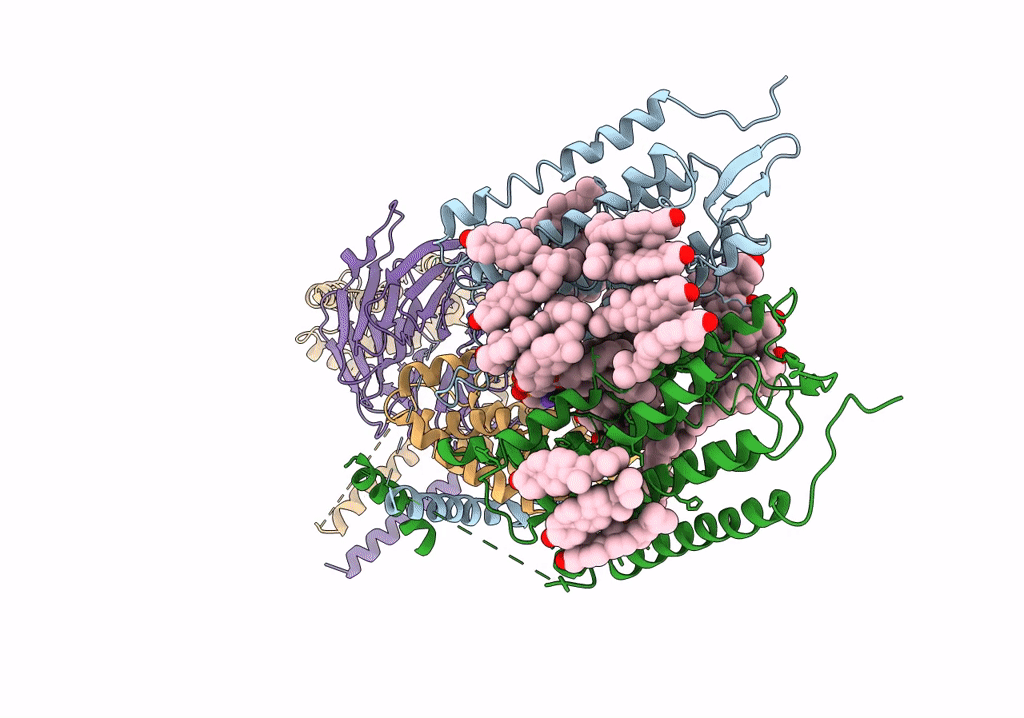
Deposition Date
2021-10-08
Release Date
2021-12-01
Last Version Date
2022-01-19
Entry Detail
PDB ID:
7SHF
Keywords:
Title:
Cryo-EM structure of GPR158 coupled to the RGS7-Gbeta5 complex
Biological Source:
Source Organism:
Homo sapiens (Taxon ID: 9606)
Mus musculus (Taxon ID: 10090)
Mus musculus (Taxon ID: 10090)
Host Organism:
Method Details:
Experimental Method:
Resolution:
3.40 Å
Aggregation State:
PARTICLE
Reconstruction Method:
SINGLE PARTICLE


